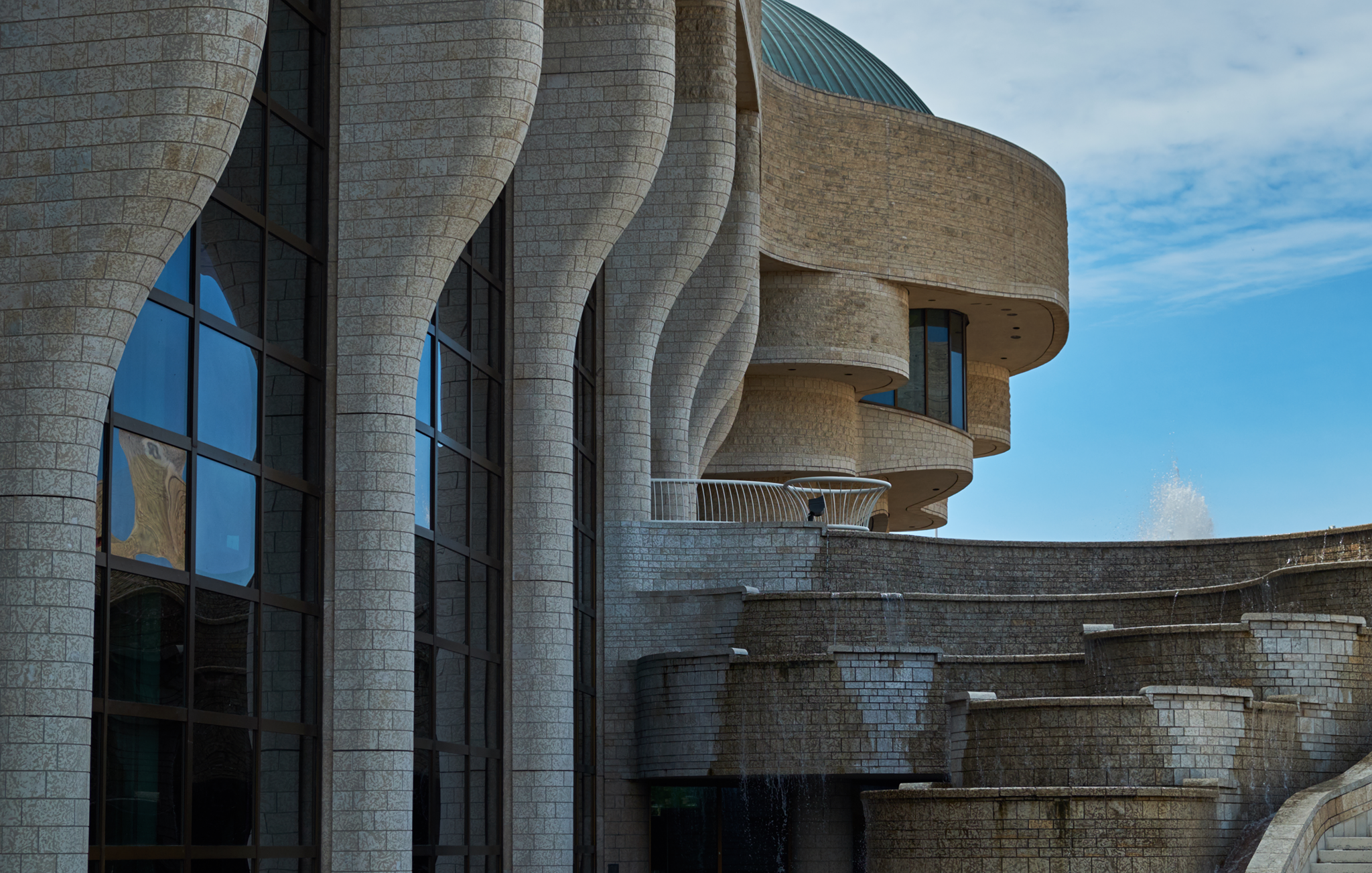From June 19-25, museums worldwide celebrated #MuseumWeek, an annual social media initiative by the Culture For Causes Network in partnership with UNESCO, with the goal of promoting distinct cultural sectors.
For Canada, in conjunction with its 150th anniversary, museums from coast to coast have prepared an eventful week for both locals and tourists.
Institutions across the nation said #MuseumWeek offers insight into areas of Canada that are often looked over.
“When we get visitors from outside of Canada or Ottawa,” said Dan Smythe, the Canadian Museum of Nature’s senior media relations officer. “The museum can be an introduction to the Canada many never get to experience, whether it’s the Arctic or boreal forests.”
During #WWII, Canadians were encouraged to donate #BooksMW & magazines to members of the Canadian military #MuseumWeek pic.twitter.com/IawEzL9YOc
— Canadian War Museum (@CanWarMuseum) June 23, 2017
Since its inaugural year in 2014 with 600 participants, the number of registrants has grown to more than 3,500 museums from 75 countries in 2016, according to UNESCO museums programme co-ordinator Nao Hayashi.
“One of the objectives of #MuseumWeek is to help the museums that are lesser-known to spread their content and to show their collections,” Hayashi said. “#MuseumWeek allows institutions to show collections not in the academic way we are accustomed to seeing, but in creative ways, and from different angles.”
In Winnipeg, the Canadian Museum for Human Rights sparked discussion on food insecurity in the North, while the Royal BC Museum hosted an Indigenous cultural festival coinciding with National Aboriginal Day on June 21.
“It’s another way to show amazing First Peoples cultures here in Canada whose richness people may or may not be aware of,” said Mairin Kerr, the Royal BC Museum’s communications specialist.
“We hope #MuseumWeek will broaden visitors’ perspectives of what a museum does. We are both a civic and social destination,” Smythe said before the campaign.
Other museums agree.
“It’s a great way to link into existing conversations, to connect with our colleagues internationally, but also to connect to people who are visiting and might not be aware of us and our local community,” Kerr said. “We want to show that we are an ambassador for them and we’re their museum.”
The BC Music Collection includes a record of a 1980 musical that is based on the life of famous BC painter Emily Carr#musicMW #womenMW pic.twitter.com/mxsvHHJlw3
— Royal BC Museum (@RoyalBCMuseum) June 21, 2017
Éliane Laberge, social media and media relations officer at the Canadian Museum of History, said it is “a beneficial opportunity that demonstrates a commitment to engage with the public” that is both “transparent and informative.”
The campaign coincided with numerous exhibition openings across the country. Earlier this month, the Royal BC Museum in Victoria opened its Family Bonds and Belongings exhibit, showcasing the diversity of families in the province and its cultural impact.
The Canadian Museum for Human Rights opened Points of View, a crowd-sourced photography exhibition with 70 photographs contributed by people across Canada “that captures the state of human rights in Canada at this milestone in our nation’s history,” according to Rhea Yates, the museum’s digital outreach manager.
Locally, the Canadian Museum of History is prepping one of Canada 150’s “signature projects”—the Canadian History Hall, a gallery that follows Canada’s history over a span of 15,000 years, while the Canadian Museum of Nature is opening its new permanent exhibition, the Canada Goose Arctic Gallery.
“There’s always a benefit because you’re getting exposure to that many more people,” Smythe said. “You can talk about something that’s meaningful to your community, and in turn, share that with the international community.”
Photo credits: Matt Czapalay






